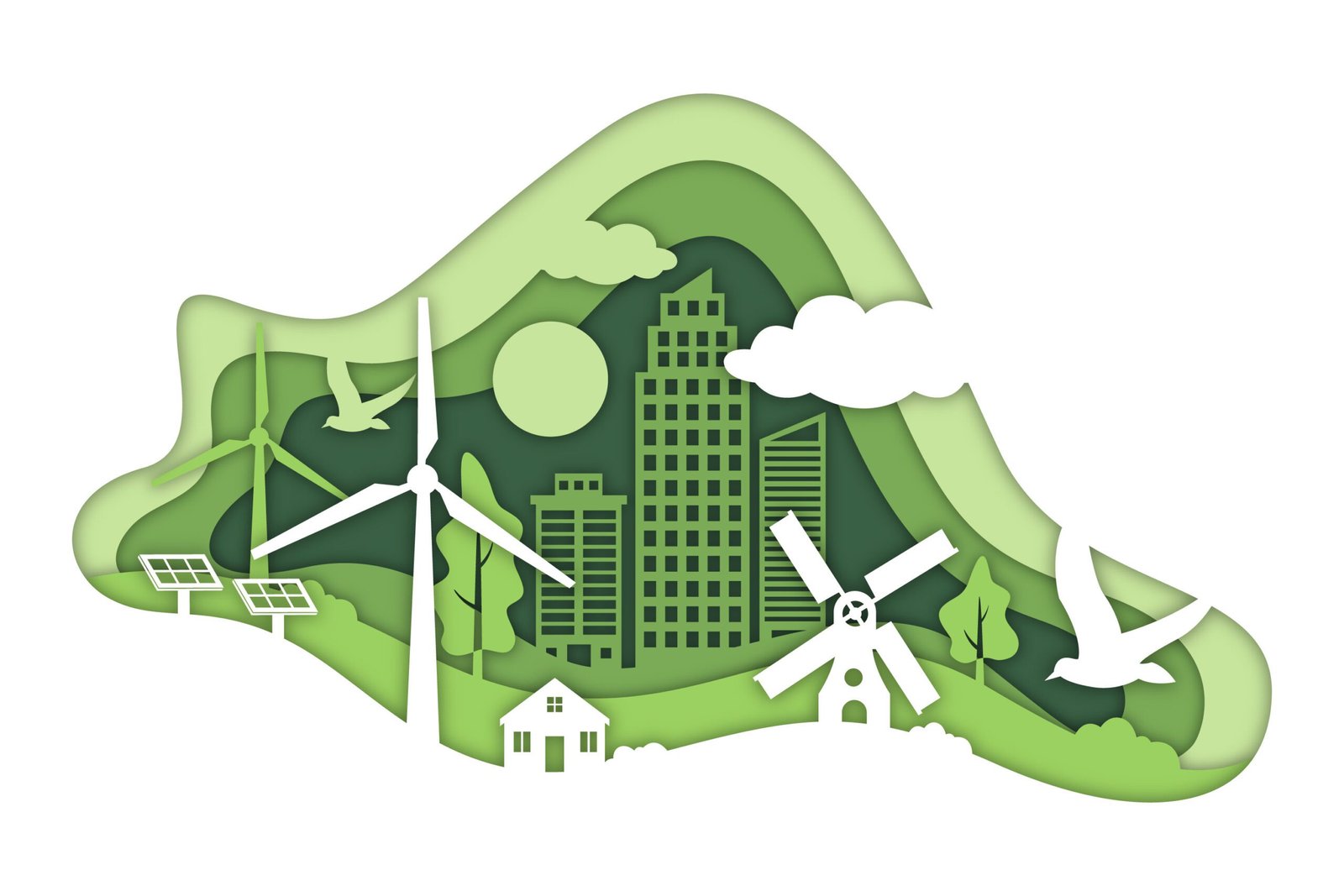The GHG Protocol breaks Scope 3 emissions into 15 subcategories, covering everything from purchased goods to employee commuting. While companies often talk about Scope 3 as a whole, each subcategory has its own drivers, data sources, and reduction opportunities.
This post explores Scope 3.2 (capital goods), 3.3 (fuel- and energy-related activities), and 3.4 (upstream transportation and distribution), three categories particularly relevant to manufacturing, construction, and logistics-heavy industries.
Quick Note on Scope 3.1: Purchased Goods and Services
Before diving into 3.2–3.4, it’s worth acknowledging Scope 3.1, which typically accounts for the largest share of upstream emissions. This category covers the production of all raw materials, components, and services a company buys to operate.
To know more on it dive into our earlier blog "Scope 3.1 Emissions: Purchased Goods & Services Explained"
Capital goods include machinery, equipment, and infrastructure purchased by a company. Unlike day-to-day raw materials, these are long-term investments with high embodied carbon.
Real-world lens: A construction company investing in new cement mixers may find that capital goods account for up to 20% of their upstream emissions, highlighting the need for low-carbon alternatives.
This category covers the indirect emissions from the production, processing, and delivery of fuels and electricity a company purchases, but before it reaches the company’s door.
Real-world lens: An automotive plant running largely on grid electricity in India will find that Scope 3.3 can be 10–15% of its footprint, driven by coal-heavy generation upstream.ng the need for low-carbon alternatives.
Scope 3.4 includes third-party logistics, warehousing, and transport of purchased goods before they arrive at a company’s facility.
Real-world lens: A manufacturer sourcing steel from China may find ocean freight adds millions of tonnes CO₂e annually, making low-carbon shipping routes or supplier relocation attractive reduction levers.

Ready to build your Scope 3 net zero strategy?
Each Scope 3 category, from 3.2 capital goods to 3.4 transportation, reveals unique hotspots in a company’s upstream emissions profile. Treating Scope 3 as one big “black box” hides critical opportunities for decarbonisation.
By tracking each category individually, businesses can:
To map your upstream emissions categories with precision, explore how Mavarick’s Scope 3 platform supports category-level reporting and reduction strategies.
Scope 3.2 (Capital Goods): Emissions from producing machinery, buildings, and equipment a company uses.
Scope 3.3 (Fuel- and Energy-Related Activities): Upstream emissions from producing the fuels and energy a company purchases (not already counted in Scope 1 or 2).
Scope 3.4 (Upstream Transportation & Distribution): Emissions from transporting goods purchased by the company, including third-party logistics.
Scope 3.1 covers everyday materials and services a company buys (e.g., raw materials, IT services). By contrast, 3.2–3.4 highlight more specific areas: capital investments, upstream energy, and logistics. Together, they give a fuller picture of upstream emissions.
Scope 1: Direct emissions from owned operations.
Scope 2: Indirect emissions from purchased energy.
Even if Scope 3.1 is the largest, ignoring 3.2–3.4 means underestimating the carbon footprint. For example, transport and distribution alone can account for significant hidden emissions in global supply chains.
Start with industry averages when supplier data isn’t available.
Gradually build supplier-specific reporting systems.
Use hybrid approaches that blend both methods for accuracy and scalability.